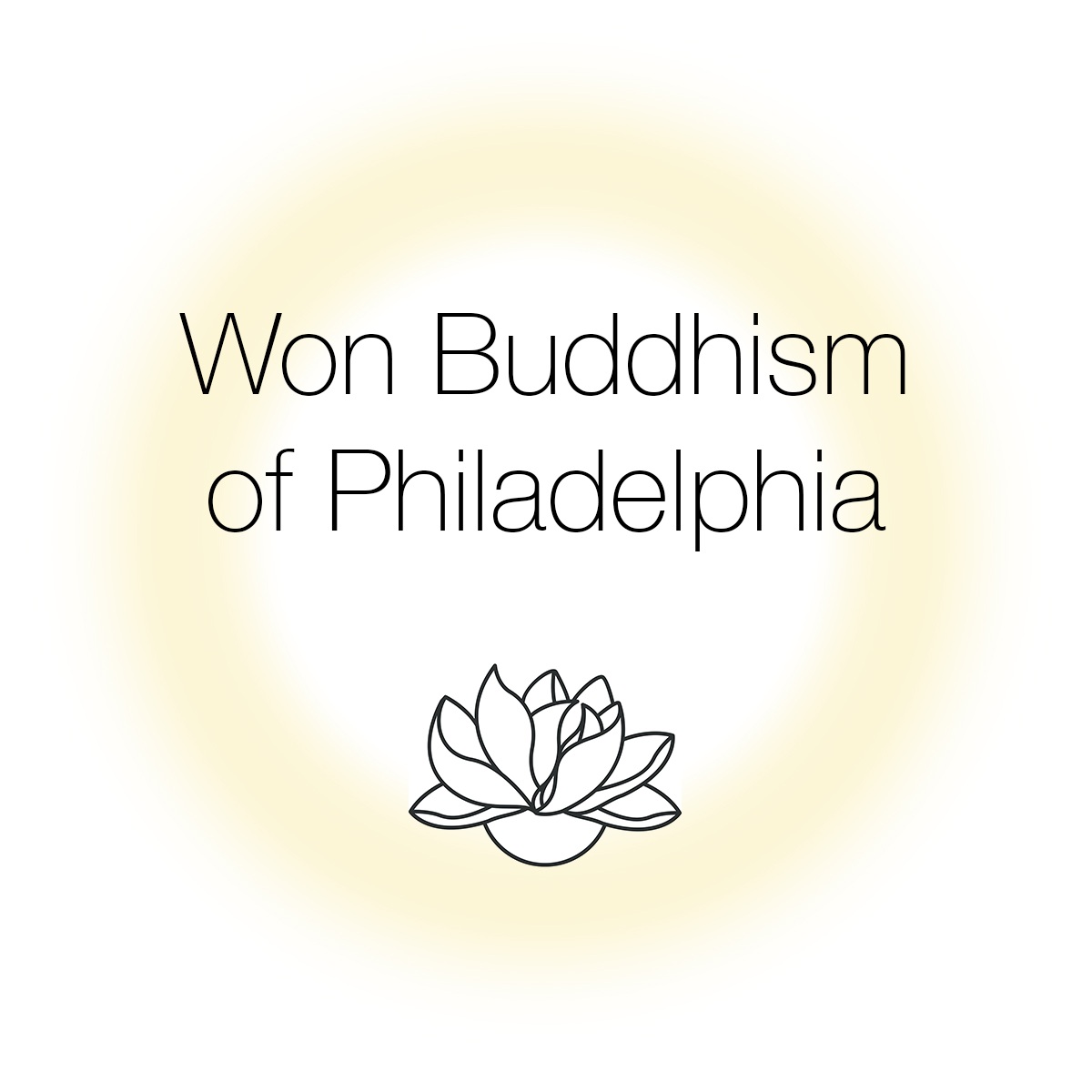How to practice Won Buddhism
Sitting meditation
Moving meditation
Chanting meditation
Koan practice
Timeless zen (mindfulness)
Scripture study and discussion
Dharma journal
Sitting meditation is a practice that, in the mind, calms wandering thoughts and manifests the true nature. It is also a method that, in the body, causes the fire energy to descend and the water energy to ascend. As delusive thoughts are calmed, the water energy will ascend; as the water energy ascends, the delusive thoughts will be calmed. Consequently, one’s body and mind will be in perfect harmony, and both the spirit and energy will be refreshed.
Moving meditation is the awakening practice for finding our true-self by uniting mind and body, not seeing them as separate things. To govern our mind, we should have the wisdom that comes from observing the body. To use the body well, the mind should keep equanimity. Moving Meditation helps us not to be biased by abstract philosophies or theories of meditation, and to release the physical suffering accumulated by practicing seated meditation, separating mind from body, for a long time. Having the same goal as seated meditation, Moving Meditation is the special practice of physical movement and mental movement, harmoniously, without straying or suffering. When the body is changed, through Moving Meditation, there will be a change in one’s energy. Then, physiological harmony will take place. Furthering spiritual relaxation and inner restoration, one can recover one’s own original nature.
Chanting meditation is a method of practice that focuses the mind that is distracted among the myriad things into the one pointed mind by reciting a simple phrase or Sutra. Because the mind of a beginning meditator is not settled, chanting meditation is a very efficient method to calm down one’s mind. At Won Buddhist services, we usually chant Namu-Amita-Bul, Il Won Sang Vow and The Heart Sutra. The Phrase “Namu-Amita-Bul” means to return to Ami-Ta Buddha, the Buddha of infinite light and life that is within all of us.
Koan meditation is a method to directly see one’s Buddha nature by asking a question. Koan means a spiritual question in Zen tradition and it is used as means of gaining spiritual awakening. Koan generally contains aspects that are inaccessible through rational understanding, yet accessible to intuition. An example of a Koan we contemplate is "I have a volume of scripture that is written without paper or ink. It does not contain a single word yet always radiates light.” What does this mean?"
Timeless Zen is the way of practicing meditation at all times, every day. It is not only the way to maintain a peaceful, focused, and right state of mind, but it is also a way to use our original mind well in our daily activities.Authentic practice begins with realizing our true nature, and based on that realization, we practitioners cultivate our original mind through meditation. The fruit of being enlightened to and nurturing our original mind is the ability to use our minds properly to enrich our lives.Timeless Zen is the simultaneous practice of Spiritual Cultivation, Dharma Study, Mindful Choice in Action in our daily lives.
Scripture study and discussion is a perfect compliment to our other practices. We usually study the 'Scriptures of Won Buddhism' as well as the writings of Dharma Masters, Won Buddhist Kyomunims, ancient Buddhist scriptures and wise teachers from around the world. Discussion with one another expands our minds and understanding, and gives us an opportunity to practice mindful listening and speech.
Dharma journal is a unique aspect of Won Buddhism. The founding master Sotesan encourages all members to make a daily diary, detailing such things as:
whether we handled our affairs mindfully or unmindfully
the state of our study
whether we transgressed the precepts
whether we used our time well or idly
our income and expenditures
the health of our minds and bodies
The idea behind keeping such records is:
“So that we may appraise our right and wrong conduct for the day and know the balance of the transgressions or merits we have made; and to illuminate the right and wrong, benefit or harm, so as to gain the ability to make choices whenever we engage in any kind of activity.”
